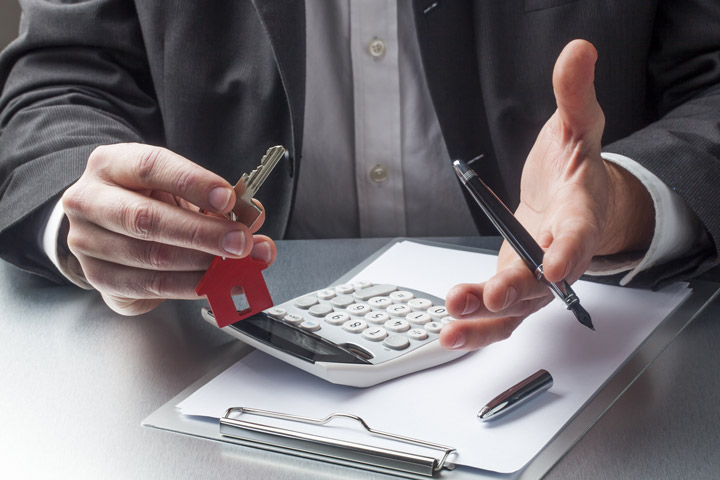
What Goes Into an Appraisal?A home purchase is the most important transaction many of us may ever encounter. It doesn't matter if a main residence, a seasonal vacation property or a rental fixer upper, the purchase of real property is a complex transaction that requires multiple parties to make it all happen. Practically all the participants are quite familiar. The most familiar person in the transaction is the real estate agent. Then, the lender provides the financial capital necessary to finance the exchange. And the title company sees to it that all requirements of the exchange are completed and that the title is clear to pass to the buyer from the seller. So, who makes sure the property is worth the amount being paid? In comes the appraiser. We provide an unbiased estimate of what a buyer could expect to pay — or a seller receive — for a property, where both buyer and seller are informed parties. A licensed, certified, professional appraiser from Solidifi - FOR TESTING ONLY will ensure, you as an interested party, are informed. Appraisals start with the inspectionTo ascertain the true status of the property, it's our duty to first perform a thorough inspection. We must see features hands on, such as the number of bedrooms and bathrooms, the location, living areas, etc, to ensure they truly are present and are in the shape a typical person would expect them to be. To ensure the stated square footage is accurate and describe the layout of the property, the inspection often requires creating a sketch of the floorplan. Most importantly, the appraiser looks for any obvious amenities - or defects - that would affect the value of the property. Once the site has been inspected, an appraiser uses two or three approaches to determining the value of the property: sales comparison and, in the case of a rental property, an income approach. 
Cost ApproachHere, the appraiser gathers information on local building costs, labor rates and other factors to ascertain how much it would cost to construct a property comparable to the one being appraised. This value usually sets the maximum on what a property would sell for. The cost approach is also the least used method. 
Paired Sales AnalysisAppraisers become very familiar with the subdivisions in which they appraise. They thoroughly understand the value of specific features to the residents of that area. Then, the appraiser looks up recent transactions in the area and finds properties which are 'comparable' to the subject in question. Using knowledge of the value of certain items such as square footage, additional bathrooms, hardwood floors, fireplaces or view lots (just to name a few), we add or subtract from each comparable's sales price so that they more accurately portray the features of subject.
A true estimate of what the subject could sell for can only be determined once all differences between the comps and the subject have been evaluated. At Solidifi - FOR TESTING ONLY, we are an authority when it comes to knowing the worth of real estate features in Buffalo and Erie County neighborhoods. The sales comparison approach to value is commonly given the most consideration when an appraisal is for a home purchase. Valuation Using the Income ApproachA third method of valuing a house is sometimes used when an area has a reasonable number of rental properties. In this scenario, the amount of revenue the property yields is factored in with other rents in the area for comparable properties to determine the current value. Coming Up With The Final ValueCombining information from all applicable approaches, the appraiser is then ready to put down an estimated market value for the property in question. The estimate of value at the bottom of the appraisal report is not necessarily the final sales price even though it is likely the best indication of a property's valueIt's not uncommon for prices to be driven up or down by extenuating circumstances like the motivation or urgency of a seller or 'bidding wars'. Regardless, the appraised value is typically employed as a guideline for lenders who don't want to loan a buyer more money than they could recover in the event they had to put the property on the market again. It all comes down to this, an appraiser from Solidifi - FOR TESTING ONLY will help you get the most accurate property value, so you can make profitable real estate decisions. |